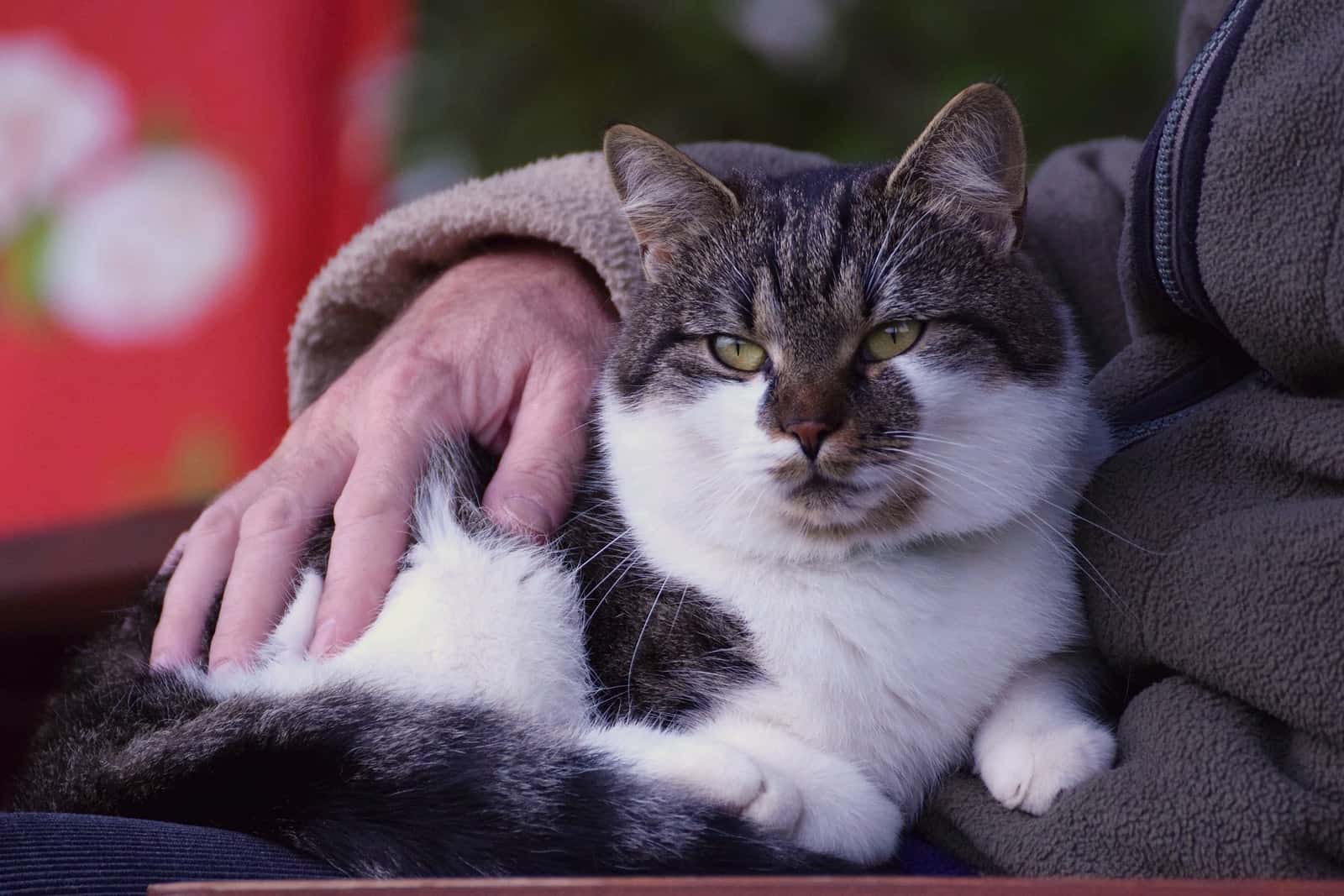
“Bird flu” continues to pose challenges for public health officials. They remain concerned about the potential for person-to-person transmission of H5N1 influenza. This strain of influenza has been circulating in wild birds for decades. The first human cases were reported in 1997, when 18 people were infected in Hong Kong. Six of them died, which is a very high rate of mortality. The virus was not spreading between patients, however. All of the people who became ill at that time had contact with infected poultry such as chickens, ducks or geese. In subsequent years, various forms of this influenza virus spread around the globe. Although some humans became ill, for the most part the virus was confined to birds.
A report in Open Forum Infectious Diseases (May 7, 2025) is titled:
“Avian Influenza Virus Infections in Felines: A Systematic Review of Two Decades of Literature Open Access”
Cats (Felines) and AVI (Avian Influenza Virus) Known As H5N1 Influenza
The authors of the article in Open Forum Infectious Diseases (May 7, 2025) introduce their concern this way:
“Domestic cats are susceptible to AIV [avian influenza virus] infection and provide a potential pathway for zoonotic [infectious disease spread from animals to humans] spillover to humans. Here, we provide a systematic review of the scientific literature to describe the epidemiology and global distribution of AIV infections in felines reported from 2004 – 2024.”
Here is the crux of the bird flu problem according to these researchers:
“AIV has caused substantial disruptions to food supply chains, resulting in large economic losses in the poultry industry, as well as disruptions to regional and global food security. As avian influenza has a high mortality rate, an AIV pandemic could result in substantially more human illness and death than recent pandemics. While current surveillance is focused on AIV as an emerging pathogen in U.S. dairy cattle, infections among other susceptible domestic mammalian species have received comparatively little attention. In particular, AIV infections in free-roaming and farm-associated domestic cats are rising in the U.S., but overall surveillance efforts among felines appear sparse.”
Over 1,000 dairy herds have been affected and more than 150 million birds, including poultry, have been infected. Cats are extremely susceptible to highly pathogenic bird flu. They can easily catch this virus from birds that they hunt or from cattle. Raw milk transmits and virus easily and barnyard cats are especially susceptible. There is concern among epidemiologists that domestic cats could become a vector for human transmission.
When Cats Catch Bird Flu (AIV):
This is not a pretty sight. The avian influenza virus attacks the feline brain. This can lead to:
“…acute encephalitis, with neuro invasion often resulting in ataxia [problems walking and balancing], blindness, paralysis, and eventual death. The clinical presentation of encephalitis due to avian influenza is dramatic enough that it is often confused for rabies, likely leading to an underreporting of cases.”
“In addition to predation and consumption of contaminated meat, a new phenomenon has emerged where domestic cats are being infected with H5N1 through the consumption of contaminated raw milk from U.S. dairy farms.”
The authors conclude:
“…we argue that wider surveillance among domestic cats is urgently needed to determine how widespread the virus is in order to appropriately assess the risk of spillover to humans and other animals. As feline-to-human transmission of AIV has been documented, and potential airborne and fomite-mediated transmission implicated, farm and free-roaming cat owners, veterinarians, zoo keepers, and animal shelter volunteers may have a heightened risk of AIV infection during epizootics among birds and mammals.”
Staff Shortages at the Animal Disease Unit of USDA?
A Reuters report (May 12, 2025) is titled:
“Staff exodus at US farm agency leaves fewer experts to battle bird flu”
The lede paragraph in the Reuters article is:
“May 12 (Reuters) – Hundreds of veterinarians, support staff and lab workers at the animal health arm of the U.S. Department of Agriculture have left under the Trump administration’s push for resignations, according to three sources familiar with the situation, leaving fewer specialists to respond to animal disease outbreaks.”“About 400 of those leaving worked in the agency’s Veterinary Services arm, representing more than 20% of its 1,850 staff, one source said. That branch works across the U.S. and globally with farmers to test animals for disease and control its spread.”
Can H5N1 Influenza Spread Among Humans?
The CDC says that bird flu cases are slowing in both dairy cattle and people, but that does not mean we are out of the woods with avian influenza. To date, there have been around 70 cases in humans.
Public health officials have been downplaying the risk of human-to-human spread. And no one is cautioning about cat-to-human transmission. The acting director of epidemic and pandemic preparedness and prevention at the World Health Organization has been calling for better surveillance and testing in the US. She is also calling for improved collaboration between animal health experts and human health sectors. That’s why it is worrying to have critical personnel disappear from the US Department of Agriculture in the middle of an animal pandemic.
If this virus ever begins to infect people the way it has attacked poultry and cattle, we could be in for another pandemic. That is why we think it is imperative to act swiftly to track and treat it. Perhaps with intervention and attention to OneHealth priorities, we can prevent future pandemic problems.
Do you know a cat lover? If so, please share this article. Thank you for supporting our work.
Citations
- Coleman, K.K. and Bemis, I.G., "Avian Influenza Virus Infections in Felines: A Systematic Review of Two Decades of Literature," Open Forum Infectious Diseases, May 7, 2025, https://doi.org/10.1093/ofid/ofaf261

